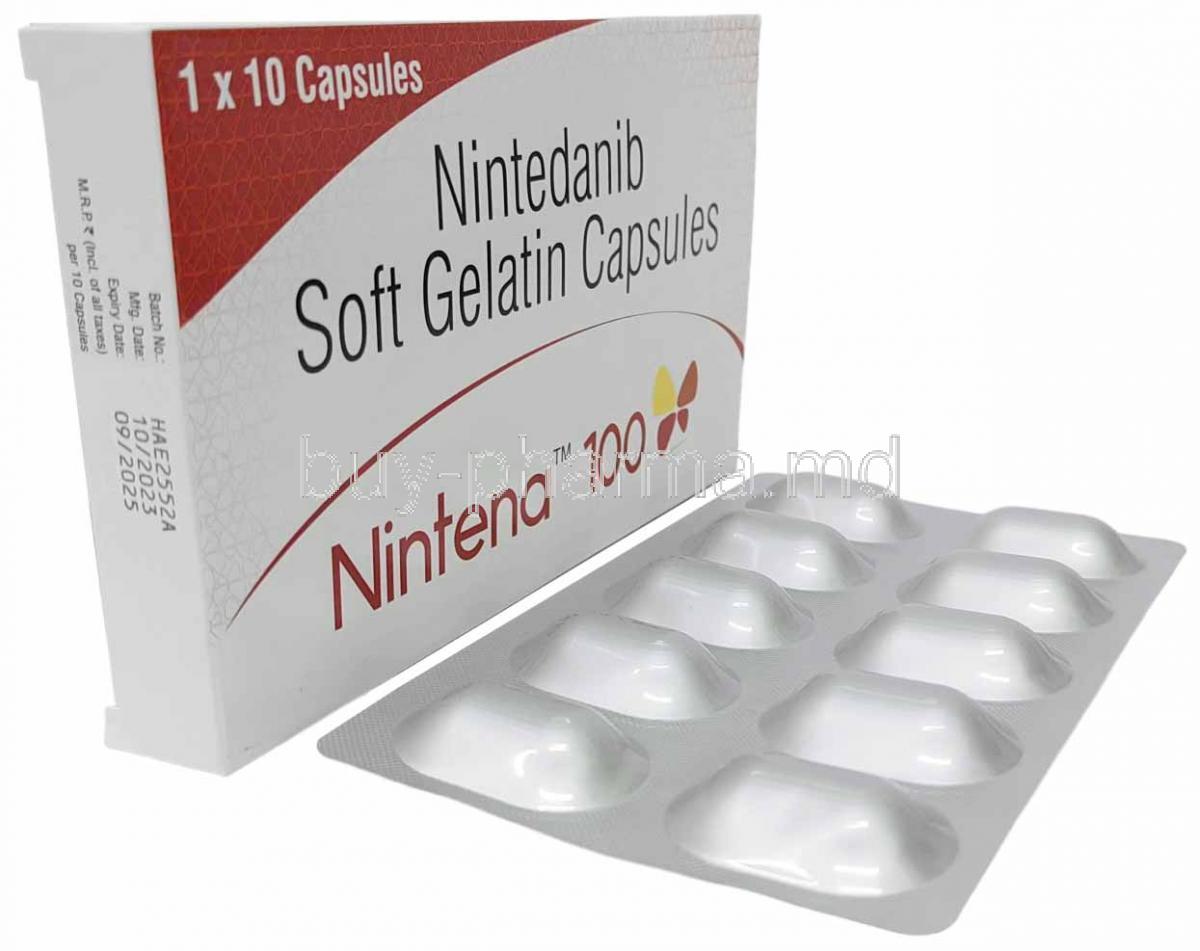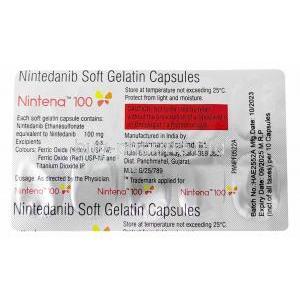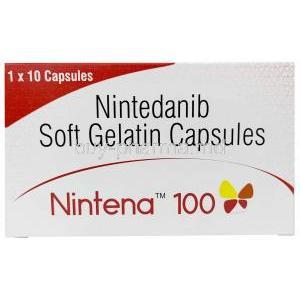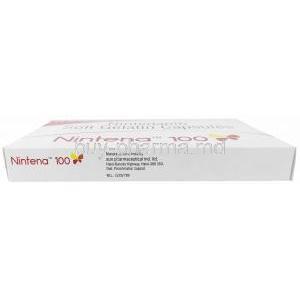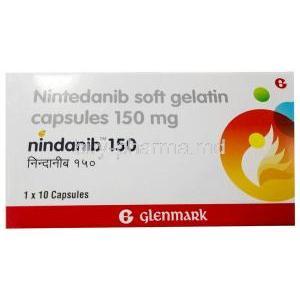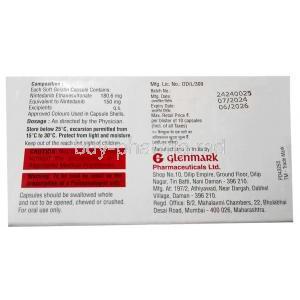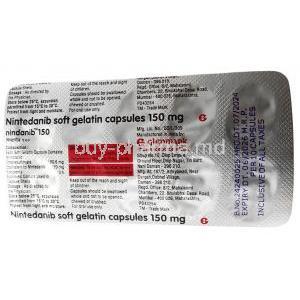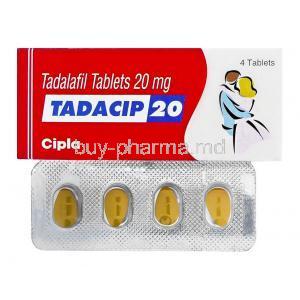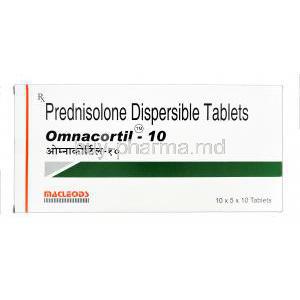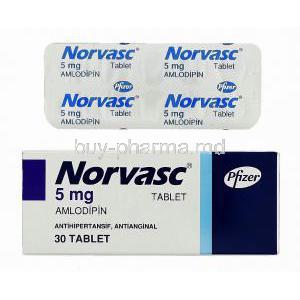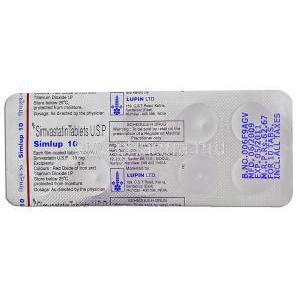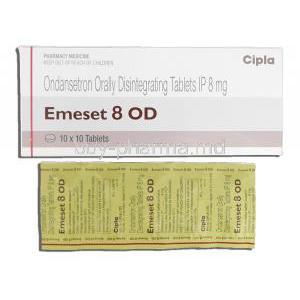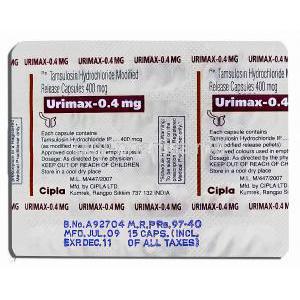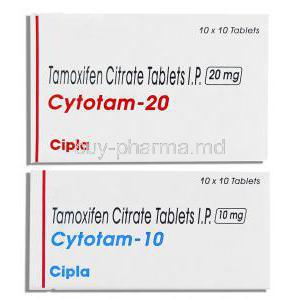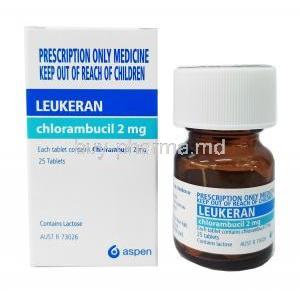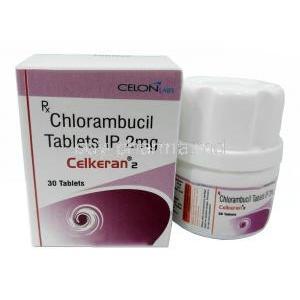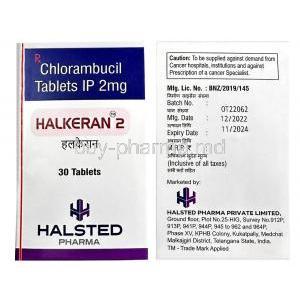Nintedanib
- I. Introduction
- II. Composition
- III. How It Works
- IV. Uses
- V. Off-Label Use
- VI. Dosage and Administration
- VII. Common Side Effects
- VIII. Side Effects
- IX. Storage
- X. Interaction
- XI. Warning
- XII. Contraindication
- XIII. Careful Administration
- XIV. Administration to Elderly
- XV. Administration to Pregnant Women and Nursing Mothers
- XVI. Administration to Children
- XVII. Overdosage
- XVIII. Handling Precautions
I. Introduction
Nintedanib Overview: Nintedanib is a treatment created to address various lung diseases and specific forms of cancer. Its special composition targets the pathways for disease advancement, bringing hope to patients globally.
- Historical Progression and Authorization: The evolution of Nintedanib from its creation to approval showcases the commitment to medical progress.
- Following clinical trials, it received approval, representing a notable milestone in medical treatments. Action Mechanism; Nintedanib functions, by inhibiting tyrosine kinases implicated in fibrosis and cancer development thereby slowing down disease progression and enhancing patient outcomes.
II. Composition
Nintedanib contains an active component that can target various disease pathways, effectively demonstrating its chemical innovation. Along with excipients, the formulations of Nintedanib are designed to maximize effectiveness and patient comfort, striking a balance between potency and safety.
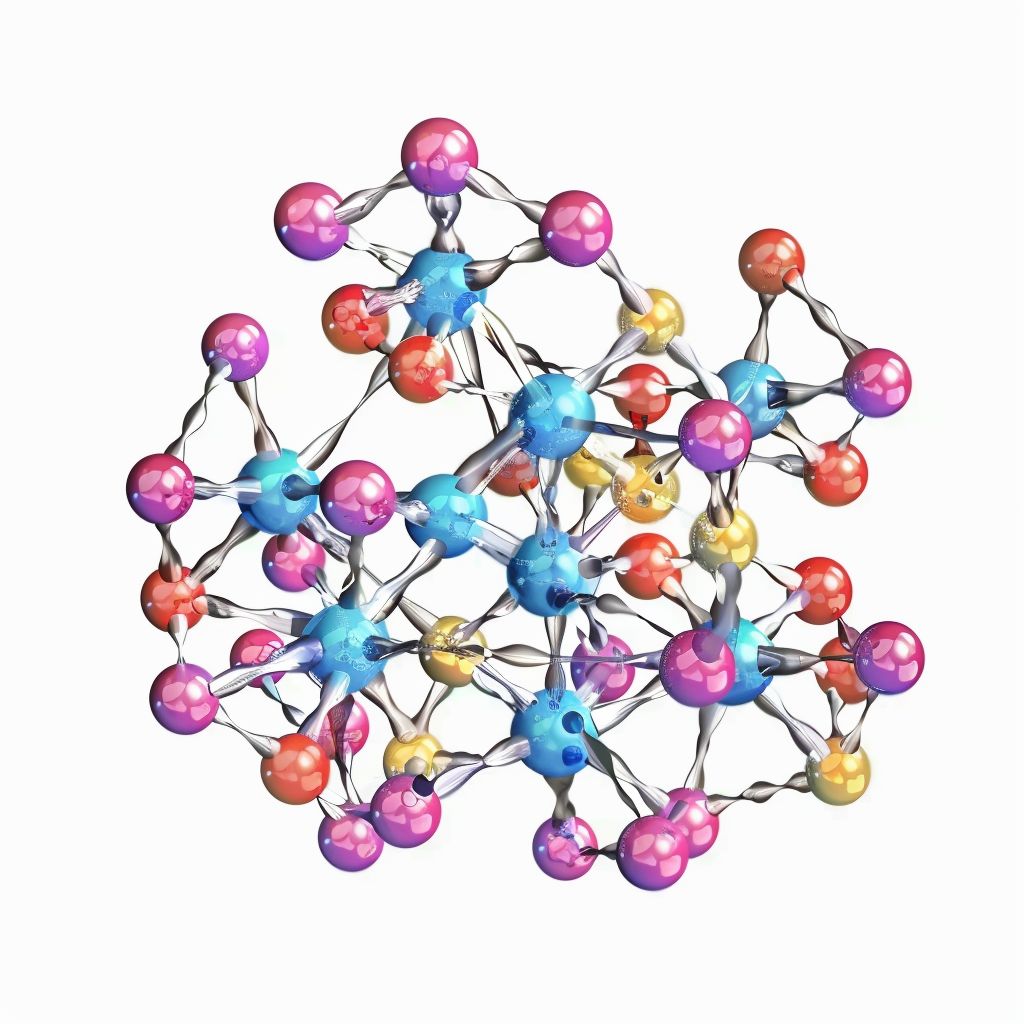
III. How It Works
Exploring the effects of Nintedanib on disease mechanisms provides insights into its therapeutic benefits while examining how the body absorbs, distributes, metabolizes and eliminates this medication highlights its efficient processing and delivery, in the body.
IV. Uses
Idiopathic Pulmonary Fibrosis (IPF):
- Nintedanib has been recommended by professional medical societies for use in adults with IPF. The FDA has also approved the use of nintedanib for patients with IPF1.Idiopathic Pulmonary Fibrosis (IPF):
- Nintedanib has been recommended by professional medical societies for use in adults with IPF. The FDA has also approved the use of nintedanib for patients with IPF1.
Non-Small Cell Lung Cancer (NSCLC):
- Nintedanib has been studied in clinical trials for non-small cell lung cancer (NSCLC) due to its potential to inhibit processes involved in fibrotic pathogenesis. However, its primary approval is not for NSCLC4.
Systemic Sclerosis-Associated Interstitial Lung Disease (SSc ILD):
- Nintedanib has received marketing approval in the United States and Japan for the treatment of SSc-ILD. It significantly reduces the annual rate of decline in forced vital capacity over 52 weeks compared with placebo. Safety profiles are consistent with those reported in IPF patients4.
V. Off-Label Use
Other Progressive Fibrosing Interstitial Lung Diseases:
- Ongoing studies are investigating the potential of nintedanib in other treatment areas beyond IPF, including other progressive fibrosing interstitial lung diseases. These areas include emerging therapeutic options and precision medicine2.
VI. Dosage and Administration
Suggested Dosage; Customizing the amount of Nintedanib based on needs is crucial for achieving the best treatment results showing its flexible treatment plan.
Adjusting Dosage; When dealing with liver issues or important drug interactions modifying the dosage is essential to make sure it remains effective while reducing risks.
Administration Techniques; How Nintedanib is administered are created to be simple and effective promoting adherence and treatment reliability.
VII. Common Side Effects
Although Nintedanib offers hope to individuals, it does come with some drawbacks, such as:
- gastrointestinal issues,
- abnormalities in liver function and
- changes in blood composition.
VIII. Side Effects
The variety of side effects caused by Nintedanib can vary significantly, requiring management techniques to reduce negative responses and maintain the quality of life for patients.
IX. Storage
It's important to store Nintedanib to maintain its effectiveness over time. Knowing the shelf life of Nintedanib and how to dispose of it correctly is crucial, for both safety and the drugs efficacy.

X. Interaction
- Navigating the realm of pharmacology involves understanding how different medications can affect Nintedanibs effectiveness. It is crucial to review a patient's medication regimen to prevent any potential negative interactions.
- When it comes to drug food interactions it's important to note that certain dietary components can impact how Nintedanib is absorbed and its overall effectiveness.
- Patients should seek guidance from healthcare professionals, on which foods to avoid in order to achieve the therapeutic results. Furthermore, it's essential to be aware that Nintedanib could influence the outcomes of diagnostic tests. This highlights the significance of informing healthcare providers about its use before undergoing any testing procedures.
XI. Warning
Important Safety Information and Special Precautions: An essential aspect of ensuring patient well boxed warnings draw attention to the risks of liver damage and harm to developing babies linked with Nintedanib, assisting healthcare providers in making informed decisions about prescribing this powerful medication.
Risk of Liver Damage: It is crucial to monitor liver function tests when using Nintedanib as it can lead to liver problems, including severe cases.
Potential Risks to Developing Babies: Strict guidelines advise against using Nintedanib during pregnancy due, to the harm it may cause to the unborn baby.
XII. Contraindication
Some patients should not take Nintedanib because of the chance of serious side effects, which could be life-threatening. In situations where the benefits might be greater, than the risks using Nintedanib requires attention and close monitoring to handle possible negative outcomes.
XIII. Careful Administration
Guidelines for Vulnerable Groups; It is crucial to customize approaches when giving Nintedanib to high risk populations, which involves monitoring procedures to identify any potential adverse reactions early on.
Monitoring Procedures: Regularly assessing how patients respond to the treatment and monitoring their side effects are vital in maximizing the effectiveness of Nintedanib therapy and making adjustments promptly to protect their well-being.
XIV. Administration to Elderly
As people grow older, their bodies undergo changes that can make elderly patients more sensitive to Nintedanib.
- Adjusting the dosage might be needed to prevent any effects.
- By keeping an eye on them, healthcare providers can spot any side effects early and address them quickly.
XV. Administration to Pregnant Women and Nursing Mothers
When giving Nintedanib to women or breastfeeding mothers, it's crucial to carefully evaluate its safety to balance the advantages with any possible harm to the baby. It's important to explore options instead of Nintedanib and conduct a thorough risk assessment to make informed treatment choices.
XVI. Administration to Children
Dosage and Safety Guidelines Based on Age; When it comes to giving Nintedanib to children it's important to consider their age reactions to the medication. Understanding how Nintedanib affects children based on their age is crucial for ensuring safety and effectiveness. Effectiveness and Tolerance in Children: Continued research plays a role in determining how safe Nintedanib is for kids. Initial studies indicate that using Nintedanib with children requires a hopeful approach.

XVII. Overdosage
In cases of Nintedanib overdose, prompt medical attention is crucial. Identifying the signs and symptoms of overdose quickly is essential for a response. Treatment approaches center on providing care and managing symptoms based on the severity of the overdose.
XVIII. Handling Precautions
Healthcare professionals should follow safety protocols when dealing with Nintedanib to reduce the chances of exposure. It is crucial to dispose of Nintedanib to avoid environmental contamination, highlighting the significance of adhering to disposal regulations.

